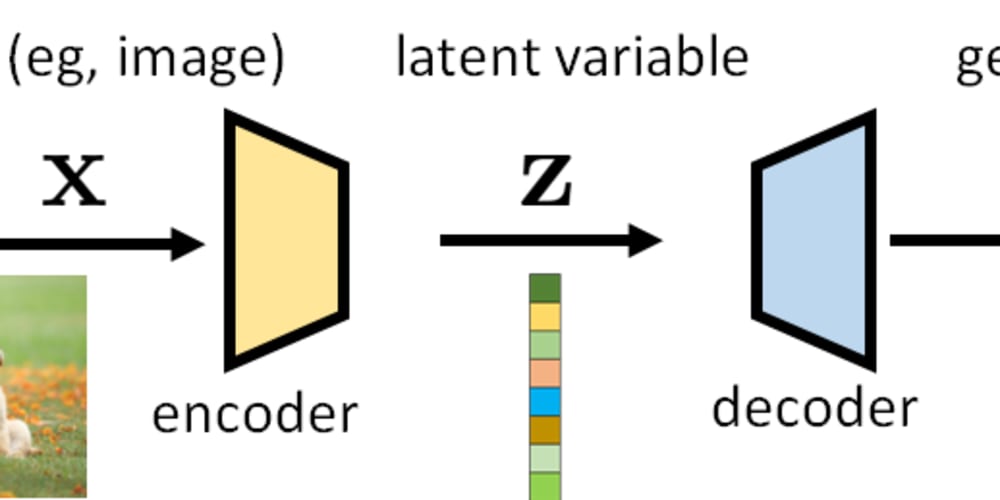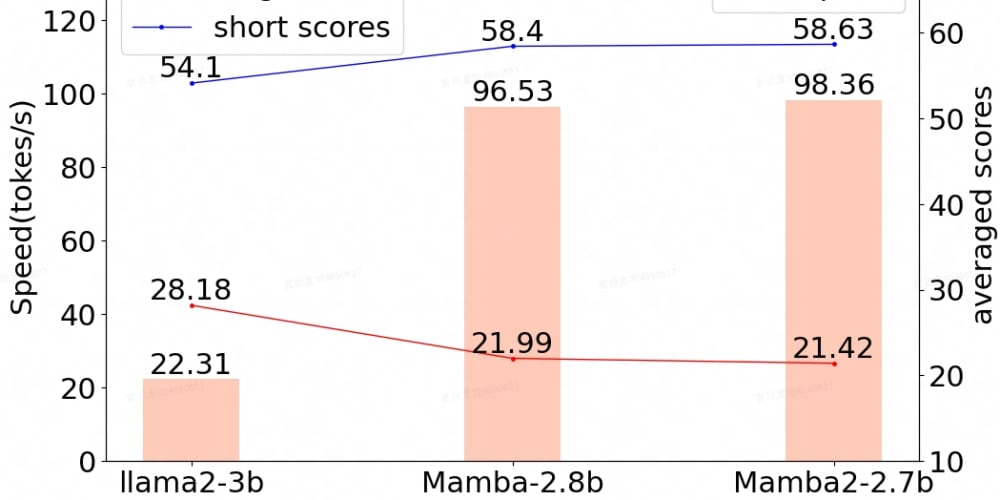As of September 2024, Google Scholar provides more than 1.4 million results describing academic and independent research projects on predictive analytics models. Simultaneously, companies want reliable estimates revealing how to enhance product designs or boost marketing effectiveness for business expansion. Thankfully, many predictive technologies have emerged to assist corporations in risk estimation and creating prescriptive strategies. This post will highlight the versatile role of predictive analytics in a company’s secure and lasting growth.
A Brief About Predictive Analytics
Predictive analytics involves data science, machine learning, historical business intelligence, and multivariate forecasts. Analysts excelling at event predictions or scenarios and simulations often collect, store, transform, and visualize relevant data to reveal best-case or worst-case outcomes. As a result, data-backed corporate decision-making can address more intricate problems in growth strategy creation and optimization.
For instance, leaders can evaluate potential market reception before they launch and promote a new product to broader audiences. Otherwise, they can inspect industry disruptions with relevant predictive analytics consulting services. Once predictive insights inform brands’ prescriptive risk mitigation techniques, appropriate statistical models and machine learning integrations help navigate competitive threats.
The Role of Predictive Analytics in Companies’ Growth and Resilience Building
1| Churn and Attrition Predictions
Customer churn rate indicates how a business loses customers in a defined time interval, while employee attrition represents workforce drops. The former affects customer lifetime value (CLTV) calculations, while the latter assists in recruitment planning and productivity risk management.
Predictive insights into churn and attrition metrics ensure your approach toward customer retention or workforce preservation. Accordingly, specialized data analytics consulting can improve the company’s resilience to shrinking market share and attrition-driven productivity losses by finding at-risk customers and employees likely to disengage with your offerings and work environment.
2| Customer Journey Personalization
Personalization allows organizations to serve each customer based on their unique preferences and related interests. Conventionally, companies have examined each profile’s historical purchase records. However, predictive tools can augment personalization strategies by uncovering alternatives that boost engagement metrics. They can offer overviews on whether age-wise lifestyle changes necessitate tweaking delivery models and seasonal promos.
Awareness, interest, consideration, purchase, and loyalty are various stages in a customer journey. In addition to customer pain points, you require customer satisfaction (CSAT) predictions to address personalization hurdles. Predictive analytics models support your customer journey personalization effort by extracting insights estimating multiple segment-level and client account-level scenarios.
3| Product and Pricing Innovation
Testing product ideas based on multiple usage possibilities ensures your effort yields desirable results. Predictive models can answer queries through price, design, and demand variation simulations. Moreover, you want to estimate whether a product concept will attract sufficient customers.
Similarly, you can inspect how changing the pricing strategy affects consumer tendencies, market share, and competitiveness. However, you require extensive competitor intelligence for reliable benchmarking and comparative analyses.
4| Change Management
Leadership or company owner changes can necessitate extensive business transformation. Change management will be more effective with predictive insights since you want to estimate potential business disruptions or stakeholder alienation due to novel workflows. For instance, leaders must recognize how discontinuing a service will impact the consumer base and workforce.
Adopting a new tech integration increases employee training and software licensing liabilities. Therefore, predictive analytics that helps you understand these challenges is vital to overcoming possible resistance to unconventional technological upgrades.
5| Effective Waste Disposal and Minimization
Organizations must monitor each project’s environmental impact, including whether waste disposal complies with relevant global standards or local administrative directives. As a result, managers must employ suitable predictive analytics systems specializing in forecasting byproduct generation. The discovered insights encourage responsible waste handling and provide recycling ideas.
6| Supply Chain and Partnership Enhancements
Analytical models can identify alternative supplier networks to help global corporations diversify material sourcing and digital partnerships. You want to utilize predictive insights to examine whether switching your suppliers will increase or decrease your enterprises’ resilience to regional socio-political instability.
Likewise, predictive analytics can warn about currency exchange rates and policy-related dynamics that could affect your profits or tax liabilities. This use case is especially helpful to import-export trade dealers.
7| Logistics and Transportation Adjustments
Revising your delivery routes and schedules becomes essential as you enter new markets, expand your consumer base, and diversify your offerings. Predictive data models can assist you in comparing multiple delivery strategies and identifying schedule optimization. Consequently, you can ensure on-time deliveries, reduce fuel costs, and witness better customer service ratings.
8| Streamlined Fraud Detection
A statistical anomaly exhibits logical inconsistency or abnormal peaks and dips in the trend curves. Predictive machine learning tech tools can filter your datasets based on doubtful records, fraud potential, and deliberate data manipulation risks. For example, a banking, financial services, and insurance (BFSI) firm can investigate a commercial entity’s anti-money laundering and know-your-customer compliance.
Given the rise of mobile banking and online non-banking financial service providers, fraud detection tools must oversee transactions across distinct channels. Thankfully, predictive analysis can streamline omnichannel fraud and data manipulation attempts.
9| Holistic Cybersecurity Updates
Predictive analytics will estimate cyberattacks based on regional cybercrime statistics and social tendencies. Therefore, security experts can consider more dynamic variables, like human habits, to develop IT safeguards against ever-evolving phishing, spoofing, scamming, and identity theft attackers.
Autonomous cybersecurity tools must offer predictive insights based on users’ interactions with each electronic device. Furthermore, by accelerating exposure calculations using predictive models, you can enhance compliance with privacy laws necessitating timely data breach disclosures. As a result, stakeholders can quickly perform corrective measures concerning potentially vulnerable user profiles.
Conclusion
Banking, logistics, retail, real estate, insurance, defense, manufacturing, and agriculture industries can embrace predictive analytics tools to enhance risk estimation. Later, each company’s leader can optimize growth strategies to respond to potential unwanted circumstances. As a result, enterprise resilience improves, assuring long-term business development.
Stakeholders who understand the role of predictive analytics in a company’s growth implement appropriate programs and techniques to capture customer insights. They can also study how unresolved operational inefficiencies might snowball into significant downtime or delayed delivery. In other words, predictive analytics facilitates future-centric strategy modifications, enabling secure, data-backed decisions at work.


















